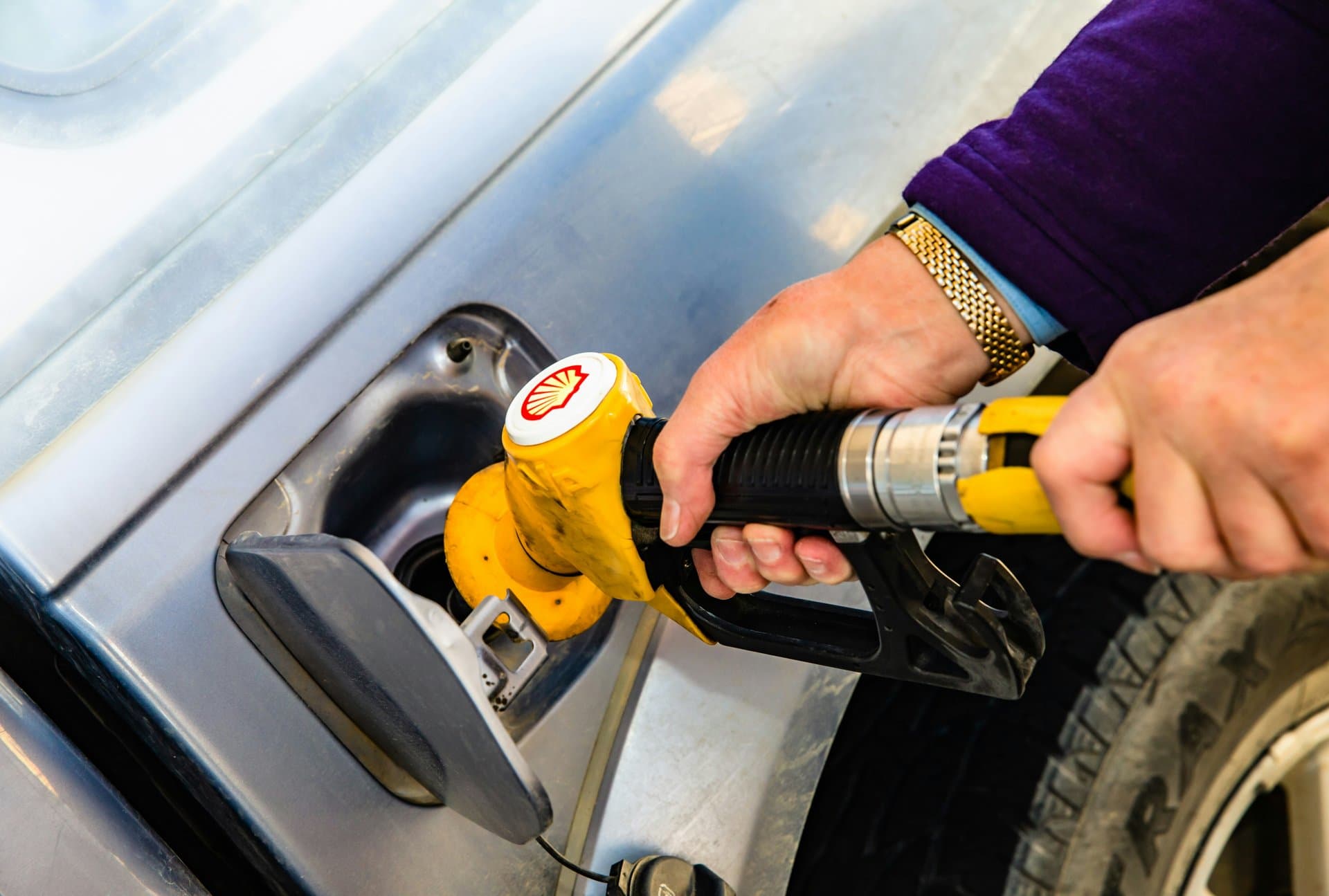Midwest Gas Prices Hold Steady: What Indiana Drivers Need to Know
Explore how Midwest gas prices, including Indiana’s, defied Memorial Day expectations with stable rates, uncovering key factors behind this trend and what it means for your fuel budget.

Key Takeaways
- Midwest gas prices stayed flat despite Memorial Day expectations.
- Indiana’s regular gas averaged about $3.16 per gallon late May 2025.
- Natural gas supply and seasonal demand influence Midwest fuel costs.
- Regional prices can diverge from national trends due to local factors.

Every Memorial Day, drivers brace for the usual gas price rollercoaster—typically a dip to ease travel costs. But in 2025, the Midwest region flipped the script. Gas prices held steady, hovering around $3.02 per gallon, defying the expected drop. Indiana’s fuel costs mirrored this calm, with regular gasoline averaging about $3.16 per gallon as of late May. This stability contrasts with a slight national dip to $3.16 per gallon, revealing how local supply, demand, and weather weave a complex pricing tapestry. Let’s unpack why Midwest drivers didn’t get the usual Memorial Day relief and what this means for your wallet.
Examining Midwest Price Stability
Memorial Day usually signals a dip in gas prices, a welcome relief for road trippers and daily commuters alike. But in 2025, the Midwest region held its ground, with prices averaging $3.02 per gallon of regular fuel—virtually unchanged from the previous week. This stability bucks the trend, especially when compared to the national average, which saw a slight decline from about $3.195 to $3.166 per gallon. Imagine expecting a sale at your favorite store only to find prices steady; that’s the Midwest’s fuel market this season.
This steadiness reflects a unique regional dynamic. The U.S. Energy Information Administration’s data shows that while the Midwest’s prices nudged up about 3 cents since last month, they remain roughly 4.5% below the national average. This subtle rise contrasts with the usual holiday dip, suggesting that Midwest drivers are navigating a different fuel landscape. It’s a reminder that regional markets don’t always dance to the national tune, influenced by local supply chains, weather, and demand patterns.
Understanding Indiana’s Fuel Prices
Zooming in on Indiana, the picture of price stability becomes even clearer. As of May 28, 2025, regular gasoline averaged about $3.156 per gallon, with mid-grade and premium fuels priced at $3.698 and $4.196 respectively. Diesel fuel hovered near $3.551 per gallon. These figures barely budged from the previous week, painting a portrait of calm in a typically volatile market.
Yet, prices vary across Indiana’s cities. Bloomington’s regular gas price averaged $3.304, a bit higher than Fort Wayne’s $3.122 and Gary’s $3.164. Indianapolis sits near $3.170. These variations reflect local factors like distribution costs and demand intensity. For Indiana drivers, this means that where you fill up can subtly impact your wallet. The takeaway? Even within a stable regional market, local nuances matter.
Exploring Supply and Demand Factors
Fuel prices don’t exist in a vacuum—they’re the product of a complex interplay between supply and demand. In the Midwest, natural gas supplies, which influence gasoline production costs, have seen modest increases in production and imports. However, warmer temperatures have nudged up consumption, especially for electricity generation, which uses natural gas extensively. Think of it as a seesaw balancing act: more supply on one side, more demand on the other, resulting in a steady price point.
Storage levels add another layer. The Midwest’s underground natural gas storage stood at 512 billion cubic feet, up 32 billion from the previous week but still 19% lower than the previous year. This tighter supply compared to last year keeps upward pressure on prices, counterbalancing any potential dips. It’s like having a pantry that’s restocked but not quite full—enough to meet needs but not enough to drive prices down.
Debunking Memorial Day Price Drop Myths
The expectation that gas prices will fall around Memorial Day is almost folklore among drivers. Yet, 2025’s Midwest data challenges this assumption. Despite the holiday’s travel surge, prices remained flat, suggesting that the anticipated price drop is not a guaranteed event. This myth overlooks the complex factors at play, including steady crude oil prices and balanced supply-demand dynamics.
Nationally, a slight price decrease did occur, but the Midwest’s divergence highlights how regional markets can tell different stories. It’s a reminder that relying on holiday timing to save at the pump can lead to disappointment. Instead, savvy drivers should monitor local market trends and broader energy factors to time their fill-ups more strategically.
Comparing Gasoline and EV Charging Costs
Indiana’s fuel landscape isn’t just about gasoline and diesel anymore. Electric vehicle (EV) charging prices add a new dimension to the conversation. As of late May 2025, Indiana’s average EV charging cost stood at 37 cents per kilowatt hour, slightly above the national average by a penny. This steady rate mirrors the stability seen in gasoline prices, offering EV owners predictable costs.
Meanwhile, gasoline prices, including diesel, showed minor weekly fluctuations—diesel averaged $3.54 per gallon, a penny lower than the previous day and two cents lower than a week ago. This subtle decline contrasts with the flat gasoline prices, hinting at nuanced market forces affecting different fuel types. For Indiana drivers weighing gasoline versus electric options, understanding these cost dynamics is key to making informed choices about their rides and budgets.
Long Story Short
Midwest gas prices’ steady course through Memorial Day 2025 challenges the myth that holidays always bring fuel discounts. Indiana’s consistent prices, from Bloomington to Indianapolis, reflect a delicate balance of natural gas supply, storage levels, and seasonal demand. For drivers, this means planning fuel budgets without expecting the usual holiday break. The lesson? Fuel pricing is a regional dance, influenced by more than just national trends. Staying informed about local market dynamics empowers smarter spending and less sticker shock at the pump. As summer heats up, keeping an eye on these factors will help you navigate fuel costs with confidence and calm.